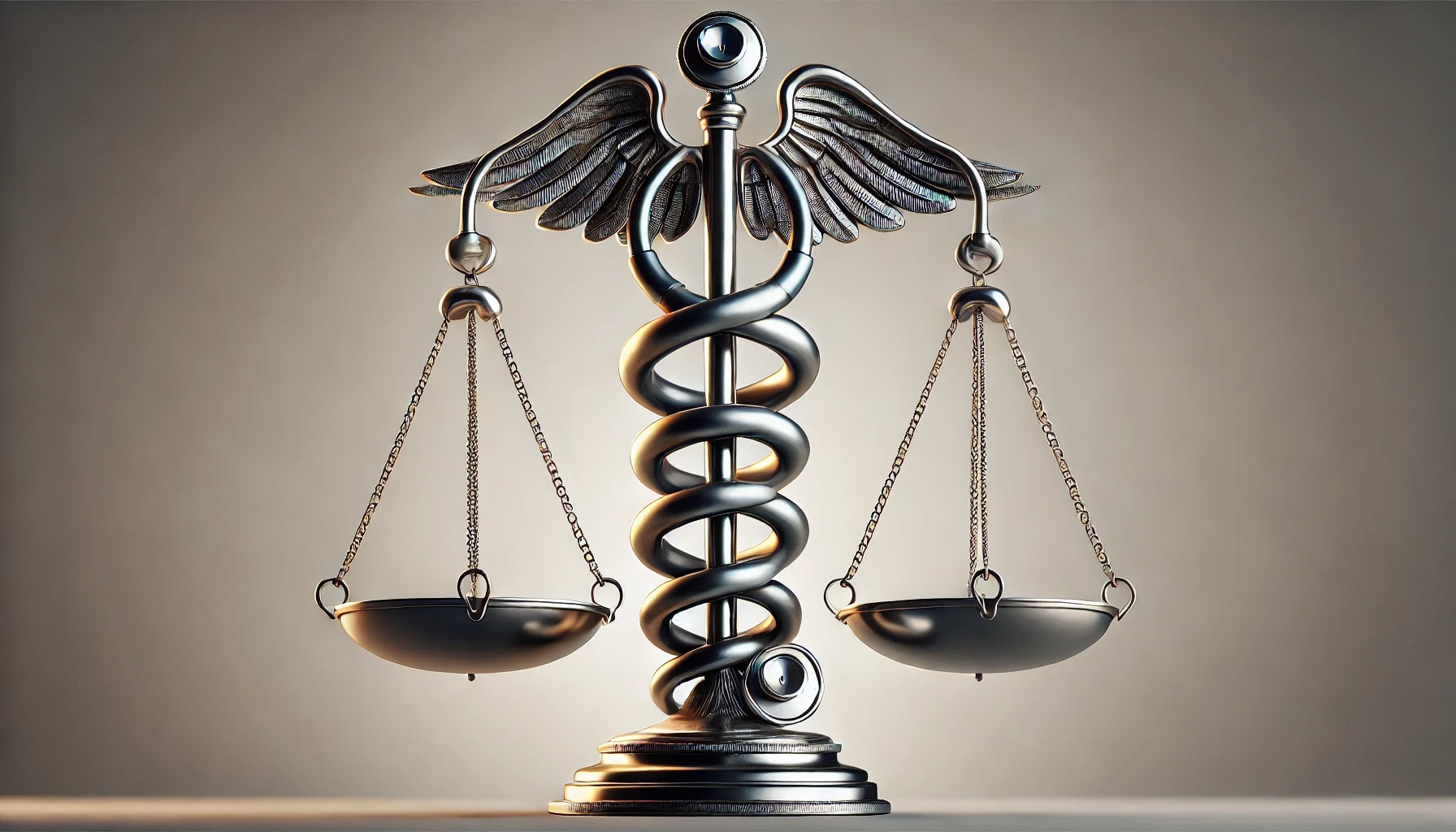
What is Student Loan Debt?
How do you feel about student loan debt & college affordability?
BACKGROUND
Student loans represent the second largest type of consumer debt that Americans hold at $1.6 trillion, trailing only mortgages. In recent years, the amount of student loan debt has increased dramatically in concert with the rising cost of college as students and their families look to finance a higher education.
OVERVIEW
Student loans are made to borrowers, who may be the students themselves or their families, to finance some or all of the cost for a student to attend college. About 42 million Americans, or one-in-six adults, carry student loan debt.
Most student loans since 2010 have been made by the federal government because of reforms included in the Affordable Care Act's reconciliation package, which prohibited banks from offering federally-insured student loans and allowed the Dept. of Education to directly offer student loans. At the end of 2010, total student loan debt in the U.S. surpassed $800 billion for the first time, and since then it rose steadily to $1.6 trillion in 2019.
Federal student loans consist of a principal amount, which is disbursed to the borrower incrementally over the course of their attendance. A fixed interest rate is applied to the loan balance, which is based on the 10-year Treasury note’s interest rate in the year the loan was made. Interest rates vary between federally subsidized & unsubsidized loans, those made to the student or their family, and can also differ for loans made for undergraduate & graduate studies.
Repayment on federal student loans generally isn’t required to begin until after a specified grace period at the end of the student’s enrollment, although borrowers can make payments during enrollment and the grace period. Borrowers can also request a period of forbearance in which payments aren’t required but interest continues to accrue. Accrued interest may be capitalized and added to the principal balance of the loan, meaning that further interest charges are applied against a larger loan balance.
The increase in student loan borrowing comes as the cost of college has risen in recent years. According to data from the National Center for Education Statistics, the annual cost-of-attendance (including tuition, fees, room & board) at public, four-year institutions increased 28% after adjusting for inflation from the 2006-2007 academic year to 2016-2017 from $15,212 to $19,488. Data from USAFacts shows that there has been a similar increase in public institutions’ expenditures in recent decades, much of which has gone to steadily rising salaries for faculty.
WHAT ARE EXISTING STUDENT LOAN DEBT RELIEF PROGRAMS?
For federal student loans, there are several existing avenues for borrowers to get relief from the burden of student loan debt:
- Income-Driven Repayment Plans: Most federal student loan repayment plans are based on a percentage of the borrower’s income, which is recalculated at least once per year and can be adjusted sooner if the borrower has a decrease in their earnings. These programs also allow borrowers to seek forgiveness of their remaining student loan balance after they’ve made repayments for 20 to 25 years, depending on the plan.
- Public Service Loan Forgiveness: Government employees and people who work for qualifying non-profit entities can seek loan forgiveness after they’ve made 120 qualifying loan payments within an income-driven repayment plan.
- Occupational-Based Loan Forgiveness: There are several student loan forgiveness programs available to nurses and teachers, which can eliminate a fixed amount of student loans that were made under specific programs. The Trump administration recently extended student loan forgiveness to disabled veterans.
WHAT ARE SOME PROPOSALS TO ADDRESS STUDENT LOAN DEBT?
There are several proposals from across the political spectrum that have been introduced to address the issue of student loan debt:
- Improved Transparency for Borrowers: There have been several proposals introduced to increase disclosures related to the cost of student loans for the complete term of their repayment, along with expected earnings for various degrees at a given institution, prior to borrowers finalizing a decision to take out student loans.
- Repayment Help From Employers: The bipartisan Employer Participation in Repayment Act would allow employers to make up to $5,250 in tax-free contributions to paying down an individual employee's student loan debt each year. A similar bill known as the Student Loan Repayment Acceleration Act would set the threshold even higher at $10,000 in tax-free contributions per employee per year.
- Refinancing & Bankruptcy Reforms: A variety of proposals have been offered to allow borrowers to refinance their federal student loans at lower interest rates, which can’t be refinanced under current law. Additionally, other proposals have been introduced to reform the bankruptcy code to allow borrowers to discharge their student loans through the bankruptcy process, which is currently prohibited.
- Means-Tested Loan Forgiveness: The Student Debt Relief Act would forgive $50,000 in student loan debt for borrowers with a household income under $100,000, while borrowers in a household earning between $100,000 to $250,000 would receive limited debt forgiveness relative to their earnings. Student loan borrowers in households earning above $250,000 would receive no relief.
- Total Student Loan Cancellation: The Student Debt Cancellation Act would require the cancellation of all federal student loans. It would also allow the Education Dept. & Treasury Dept. to purchase and cancel all private student loans.
WHAT ARE SOME PROPOSALS TO REDUCE THE COST OF COLLEGE?
Among the proposals aimed at reducing the cost of college from across the political spectrum include:
- Tying the repayment of student loan debt to colleges to graduates’ earnings.
- Expanding the use of online courses & degree programs to reduce costs.
- Decreasing subsidies from federal & state governments to make colleges spend in a more self-sufficient & sustainable manner or be faced with drawing from their endowments.
- Increasing subsidies from federal & state governments to eliminate tuition & fees for students.
- Broadening programs that allow high school students to earn college credits concurrently with their high school coursework.
- Offering free community college or two-year degree programs.
- Consolidating undergraduate degree programs with graduate or professional degree programs.
COVID-19 UPDATE
To help student loan borrowers financially during the coronavirus (COVID-19) pandemic, provisions in the Coronavirus Aid, Relief, and Economic Security (CARES) Act suspended the accrual of interest and made monthly payments optional through September 2020 on Direct and Direct Parent PLUS loans taken out since 2010.
WHAT DO SUPPORTERS OF CANCELLING STUDENT LOAN DEBT SAY?
Proponents of cancelling student loan debt argue that the crushing debt burden felt by many Americans is holding them back from things like buying a home and starting a family.
WHAT DO OPPONENTS OF CANCELLING STUDENT LOAN DEBT SAY?
Detractors of plans to cancel student loan debt contend that it would be unfair to the millions of Americans who have paid off their student loans to spend their tax dollars bailing out those who haven't.
RESOURCES
— Eric Revell
(Photo Credit: iStock.com / skynesher)
The Latest
-
 Changes are almost here!It's almost time for Causes bold new look—and a bigger mission. We’ve reimagined the experience to better connect people with read more...
Changes are almost here!It's almost time for Causes bold new look—and a bigger mission. We’ve reimagined the experience to better connect people with read more... -
 The Long Arc: Taking Action in Times of Change“Change does not roll in on the wheels of inevitability, but comes through continuous struggle.” Martin Luther King Jr. Today in read more... Advocacy
The Long Arc: Taking Action in Times of Change“Change does not roll in on the wheels of inevitability, but comes through continuous struggle.” Martin Luther King Jr. Today in read more... Advocacy -
 Thousands Displaced as Climate Change Fuels Wildfire Catastrophe in Los AngelesIt's been a week of unprecedented destruction in Los Angeles. So far the Palisades, Eaton and other fires have burned 35,000 read more... Environment
Thousands Displaced as Climate Change Fuels Wildfire Catastrophe in Los AngelesIt's been a week of unprecedented destruction in Los Angeles. So far the Palisades, Eaton and other fires have burned 35,000 read more... Environment -
 Puberty, Privacy, and PolicyOn December 11, the Montana Supreme Court temporarily blocked SB99 , a law that sought to ban gender-affirming care for read more... Families
Puberty, Privacy, and PolicyOn December 11, the Montana Supreme Court temporarily blocked SB99 , a law that sought to ban gender-affirming care for read more... Families
 Climate & Consumption
Climate & Consumption
 Health & Hunger
Health & Hunger
 Politics & Policy
Politics & Policy
 Safety & Security
Safety & Security

Why is the Small Business Administration converting PPP loans to grants and forgiving repayment? If we can forgive business loans by converting to grants, why can’t we forgive student loans by converting them to grants. It seems all the money is going to businesses and parents with a shit load of kids that live off welfare. Somethings wrong with this picture.